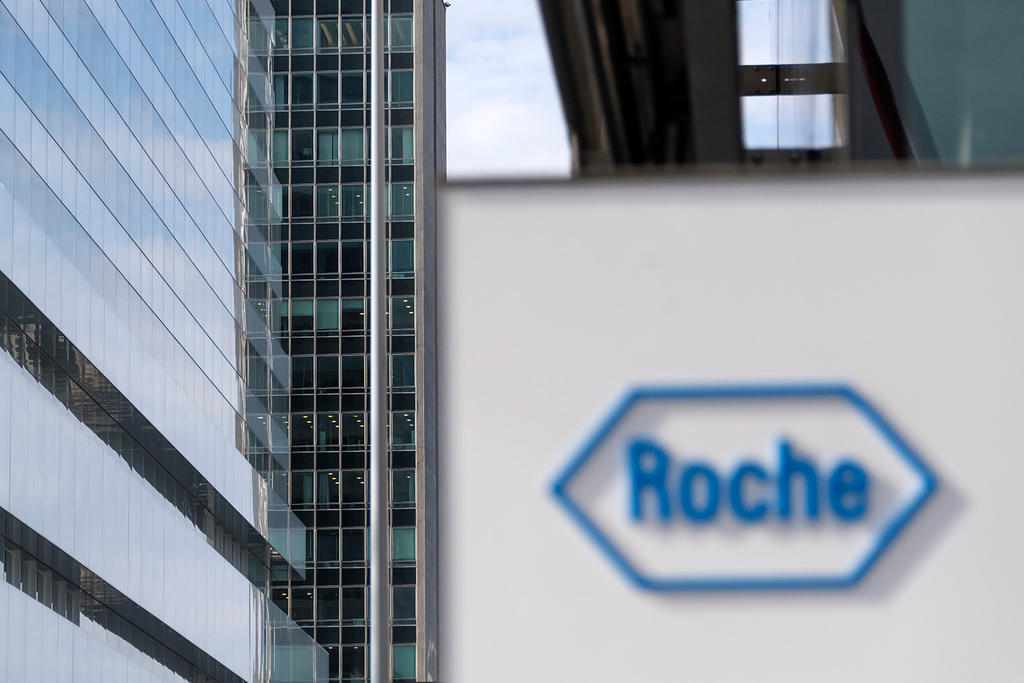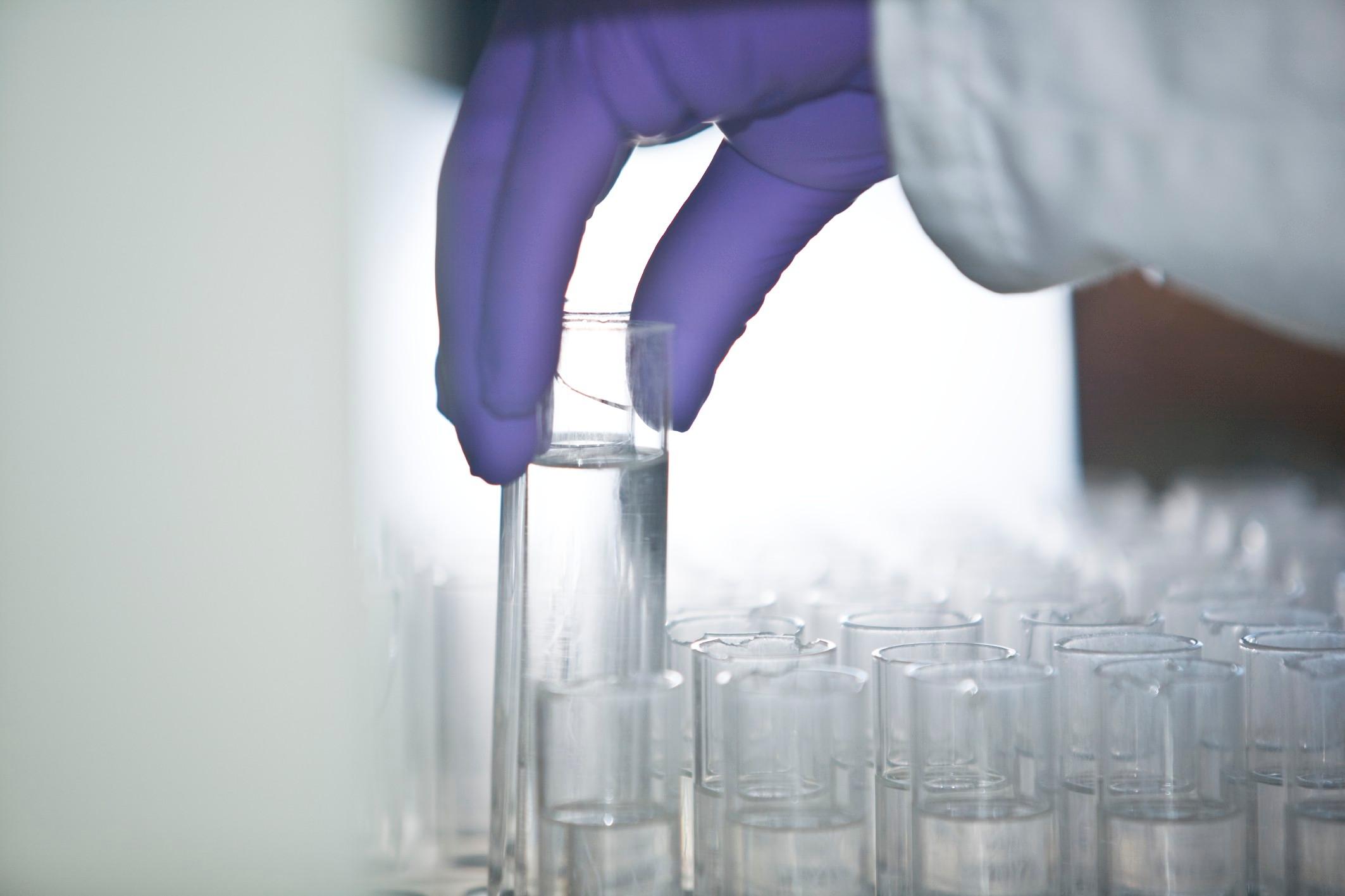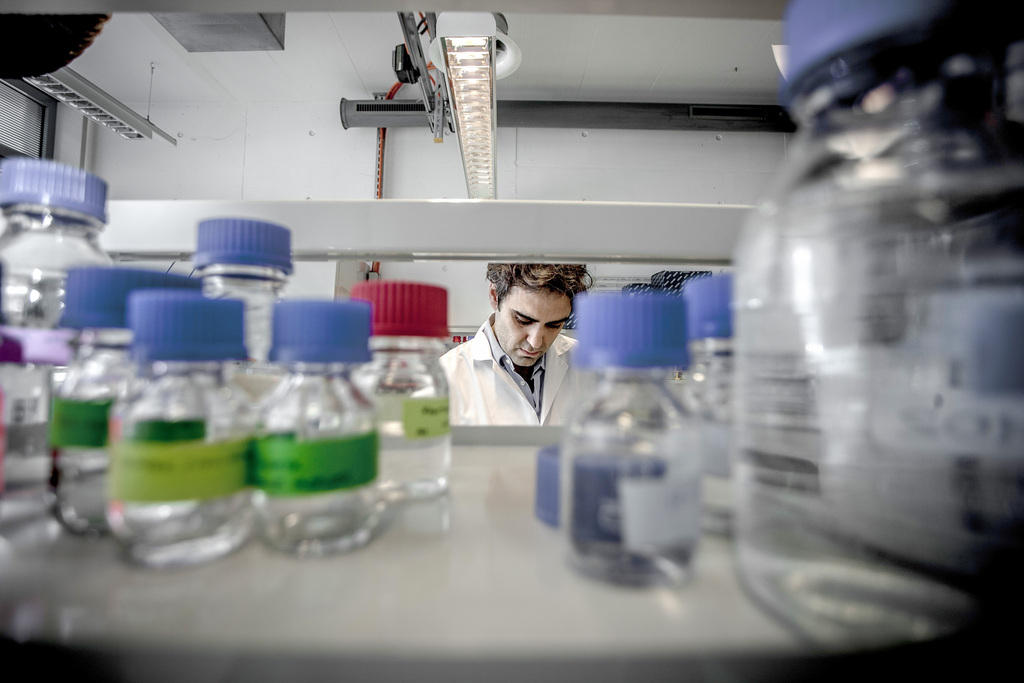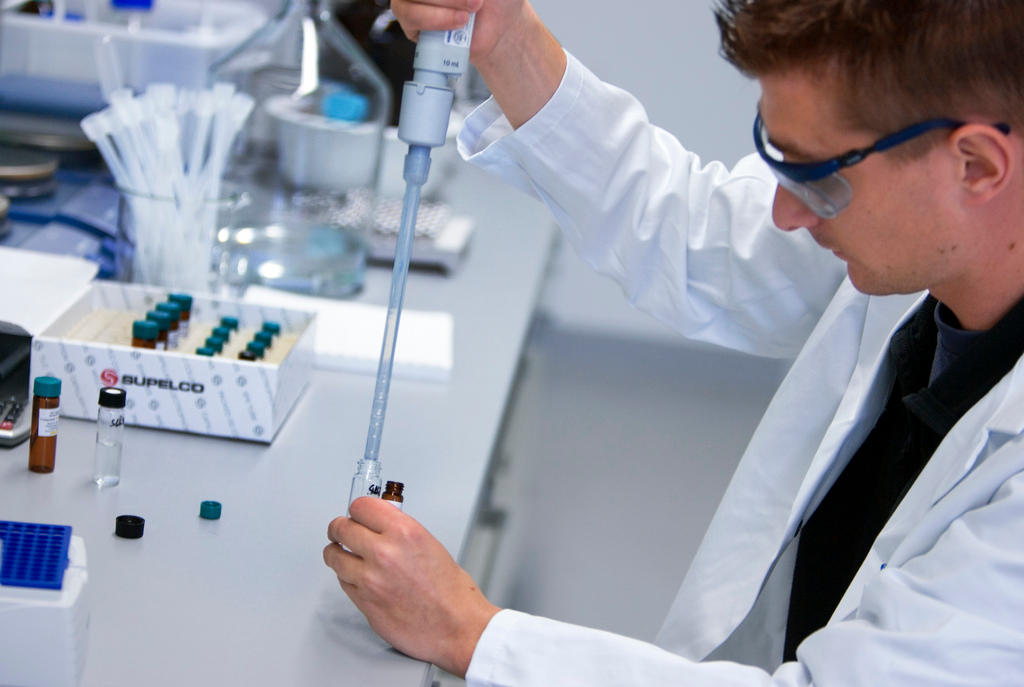GE, Roche, Spark: flair for genes

The fear of missing out is a powerful motivator. Dealmaking in healthcare is often fuelled by a drive to outbid rivals for cutting-edge technology.
Two transactions on Monday built on more than $100 billion of deals since the start of the year.
The largest was the sale of GE’s Biopharma to medical equipment maker Danaher. The latter will pay $21.4 billion for an instruments business that generated revenues of approximately $3 billion last year. GE needs to strengthen its balance sheet. More emblematic of pharma trends was Roche’s decision to buy Spark Therapeutics for $4.8 billion ($4.3 billion plus its net cash). It is paying a share price premium of 122 per cent for the gene therapy pioneer which had $64.7 million in sales last year.

Spark is a bolt-on for Roche, which has a market capitalisation 50 times bigger. But it will plug a gap in its portfolio, providing protection if rivals emerge to its haemophilia blockbuster Hemlibra. It is potentially much more significant than that. The deal may turn Roche from a laggard into a leader in gene therapy. Repairing genes by using viruses to shuttle DNA into cells offers important new opportunities for the treatment of serious diseases.
Roche’s willingness to pay up for Spark signals that gene therapy is moving from science fiction to science fact. It has been a long time coming. In the early 1990s analysts confidently predicted a $1 billion market by 2000. But it was severely set back by the death of a patient in 1999. The hokum spouted by James Bond about “new identities courtesy of DNA transplants” in the 2002 film Die Another Day made it all look still more far-fetched.
Since then, there has been big progress – though so far, Spark is the only biotechnology company that has successfully commercialised a gene therapy in the US. Its gene therapy Luxturna, sold in the US by Spark and elsewhere by Novartis, is a once-and-done treatment for a disease that causes blindness. It is one of the world’s most expensive drugs. Treating haemophilia with gene therapy could be even more costly. The boss of BioMarin – one of several rivals to Spark – last week talked about charging up to $3 million per patient.
Buying cutting-edge knowhow makes strategic sense for Roche. But the next challenge for gene therapy might be even harder than working out how to modify genes safely: working out how to convince governments and insurers to pay for it.
Copyright The Financial Times Limited 2019

More
The pharma holy grail: drugs for you, designed by you

In compliance with the JTI standards
More: SWI swissinfo.ch certified by the Journalism Trust Initiative











You can find an overview of ongoing debates with our journalists here . Please join us!
If you want to start a conversation about a topic raised in this article or want to report factual errors, email us at english@swissinfo.ch.